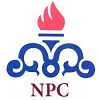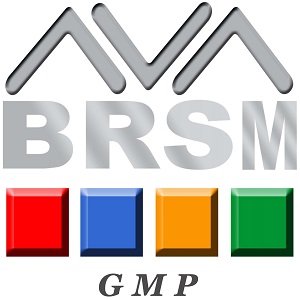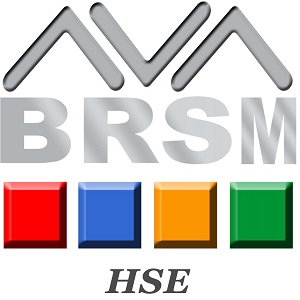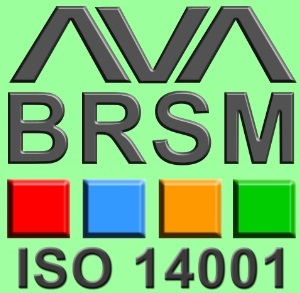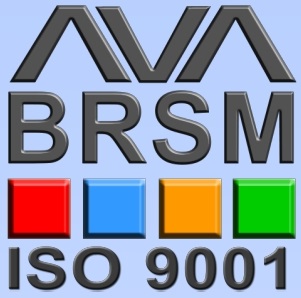HVAC or Off-shore Facilities
 Offshore production platforms, living quaeter ,jack up & drilling rigs ,... all utilize or produce a wide range of hazardous combustible andtoxic gases. In addition, the processes involved in each can produce non-toxic gases which, when accumulated in high concentrations, depletes oxygen causing a hazardous condition to personnel who occupy the area without proper protection
Offshore production platforms, living quaeter ,jack up & drilling rigs ,... all utilize or produce a wide range of hazardous combustible andtoxic gases. In addition, the processes involved in each can produce non-toxic gases which, when accumulated in high concentrations, depletes oxygen causing a hazardous condition to personnel who occupy the area without proper protection
The first and foremost factor in design and installation of heating, ventilation and airconditioning
(HVAC) services in oil and gas (O&G) facilities is “SAFETY”, which
overrules any other activity. Two important objectives must be fulfilled:
1. Occupants’ survival
2. Continuation of the specific activities carried out in these structures
This aspect is more relevant and important for off-shore platforms as these facilities
are prone to toxic gas releases, which can get pumped out along with crude oil or
gas, besides the fire hazard, which is relatively easier to comprehend. These two
hazards combined together can play havoc with human life besides damaging the
costly equipment that will have an effect on operations downstream.
It is important to maximize productivity by ensuring work continues 24 hours
a day. This means that there are essentially two complete crews onboard at a time,
one for day shift and the other for night shif.
The toxicity and the danger of Hydrogen Sulphide (H2S), which is the most commonly, found gas in oil fields is immense. Even an exposure of 10ppm concentration of H2S for about an hour will bring about loss of
sight and damage to the brain. Exposure to 200ppm concentration for duration of
less than 5 minutes can result in death.
Since HVAC involves handling air, which can get contaminated with gases, monitoring the air quality is crucial. Adequate care has to be taken to prevent gas ingress into accommodation areas, restrict air flows to prevent spread of gas or fire into surrounding areas and to ensure safe evacuation of personnel.
What can HVAC do?
1. Maintain acceptable working and living environment for personnel and for
equipment.
• Offshore facilities are high in humidity, which needs to be controlled to
comfortable levels of 50 ± 5%.
• Comfort temperature range is 75±2°F and low temperature may be required
where sensitive equipment is placed. The temperatures are generally not
required to exceed 40°C in the electrical substations.
2. Provide air filtration to control airborne particles, dust and toxic odours. The
filtration for off-shore facilities may include the activated carbon and chemical
filtration.
3. Provide dilution ventilation
• To maintain an atmosphere where the gas/air mixture is kept below lower
explosion limit (LEL) during normal operation.
• To reduce the risk from build-up of potentially explosive / toxic gases within
these spaces.
4. Maintain room pressure (delta P) – space pressurization per the area
classification.
• To prevent smoke spreading and keep enclosed escape ways free of smoke
in case of fire.
• To prevent ingress of potentially explosive / toxic gas-air mixtures into nonhazardous
areas, electrical switch rooms and equipment rooms.
What HVAC can’t do?
• HVAC systems are not intended to prevent the catastrophic events such as
release of toxic and/or hazardous gases.
• HVAC can not compensate of its own, for the intrinsic safety design features
such as structural stability, coatings, area segregation, fire protection systems
etc. It only aids the safety process.
Related Products - Related Projects - OFF-SHORE HVAC+R ROADMAP



